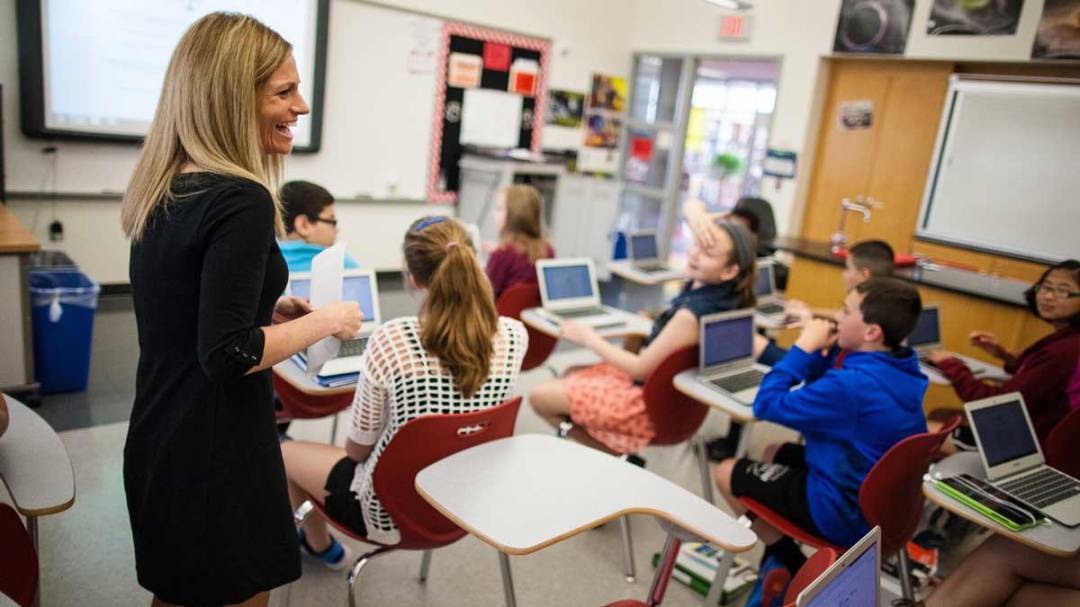As a teacher, you have the unique ability to influence and change the lives of your students. This can be done in a variety of ways, from teaching them new material to providing them with critical feedback on their work. However, not all teaching techniques are created equal. In this post, we will take a look at some of the most effective teaching strategies for learning.
Use the Right Tools
When it comes to teaching context, using the right tools is key. Some of the most effective teaching tools for contextualizing material include videos, images, and articles. Videos can be particularly helpful for visual learners, while images can help students understand complex concepts in a more simplified manner. Additionally, articles can provide detailed explanations of a specific topic and can be useful for reinforcing comprehension of material. When teaching contextualization, it is important to ensure that all students have access to the appropriate tools and resources. By using these tools effectively, teachers can help their students learn how to give context in various situations.
Be Positive and Encouraging
First, it is important to be positive and encouraging when working with students to learn how to give context. This can be a challenge for some, but it is essential in order for them to become good contextualizers. When working with students, try to keep your tone light and positive. This will help them feel comfortable and motivated in their learning process. Additionally, make sure that you are providing clear and concise instructions so that the students can understand what they are supposed to do.
Provide Students with Critical Feedback
Critical feedback is an important teaching strategy that can help students improve their performance. While delivering feedback, it is important to provide the student with accurate information about what they did wrong. This will help the student to understand why their performance was not up to par and how they can improve. Additionally, providing feedback in a timely manner will ensure that the student understands the importance of their actions and how they can continue to improve.
Create a Learning Environment
Effective scaffolding strategies begin with creating an environment that is conducive to learning. This includes providing a comfortable and stimulating setting, as well as providing sufficient resources and support.
One way to ensure that students are engaged in the learning process is to provide them with effective feedback. This can be done through verbal or written assessments, or during class discussion. Feedback should be positive, constructive, and timely, in order to help students izmprove their performance.
Finally, it is important to create a climate of collaboration and teamwork among the students in the class. This can be achieved by encouraging participation and sharing of ideas, as well as by establishing clear expectations for behavior and cooperation.
Use Visualization Techniques
Visualization techniques can be very helpful in learning to give context. By picturing a specific situation in your head, you can more easily understand the details of the situation. This can help you to remember the information, and to prepare yourself for the situation in advance.
There are many different ways to teach your students. When choosing which method is best for you, it is important to consider what style of learning your student is most likely to respond to.

